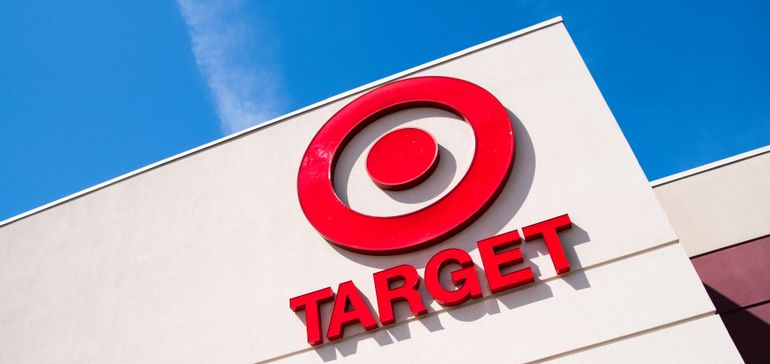Target's profit 'collapsed' in Q1 as retail smashes into fuel costs
2022.05.31

Dive Brief:
Target managed to grow sales in the first quarter over a tough comparison last year, but its profits took a major hit as fuel costs ripped through the retailer’s supply chain.
Operating income fell by 43.3%, or roughly $1 billion, compared to last year. During the quarter, the retailer faced freight and transportation costs that were hundreds of millions of dollars above already-elevated expectations, Chief Operating Officer John Mulligan said on Target’s earnings call.
The retailer also opted to discount products in some discretionary categories to move excess inventory and refresh its stores, which together with freight costs slashed more than four percentage points from Target’s gross margin rate.
Dive Insight:
Spikes in oil and fuel costs, which have spiraled since Russia’s invasion of Ukraine, have disrupted the country’s largest retailers in numerous ways.
Most direct is the steep spike in business costs, with freight and transportation rising even above levels already heightened by capacity constraints. The costs clearly took Target by surprise, as they did rival Walmart, which reported its Q1 numbers this week and also took a major hit on its profit. Target CEO Brian Cornell noted that many of the cost spikes came just in the past 60 days.
Target also lost margin after taking markdowns on discretionary products including home electronics, sporting goods, apparel, outdoor furniture, kitchen appliances and other products the retailer couldn’t sell fast enough, executives said. That is likely an indicator of how consumers are reacting to inflation in food and gas, as well as the end of stimulus payments and the general difficulty of predicting demand in a volatile environment.
“As we developed our plans for the quarter, our task was to anticipate how spending would change under circumstances no one had ever seen before, given that we were about to compare over two years of historically high federal stimulus payments,” Christina Hennington, chief growth officer at Target, said on the call, explaining the company’s markdowns. “Despite this careful approach, the mix of actual demand materialized differently than we had anticipated.”
Hennington added that as consumer demand shifted way from bigger, bulkier products like furniture, TVs and other areas, the company opted for markdowns to make space for fast-growing categories including food and beverage, beauty and personal care.
As costs explode, Target has raised prices on customers in some areas as well, Cornell said. Going forward, the chief said that Target would be “surgical” in raising prices to pass on costs to consumers while also maintaining its proposition as a value retailer.
That, too, is similar to Walmart, which may be taking advantage of widespread grocery inflation to steal market share from rivals. Target, too, said it gained market share in food and beverage during Q1.
The retailer’s Q1 profits came in well below analysts’ expectations. In a research note, Bill Kirk, managing director with MKM partners, described Target’s margins on discretionary goods as “imploding,” and that the margin pressure the retailer experienced was much higher than that felt by Walmart.
“The discretionary parts of Target appear to be under massive pressure, and the stability of food isn’t enough given the lighter mix,” Kirk said.
Neil Saunders, managing director with GlobalData, said in emailed comments that “Target’s profitability has collapsed.” Much of that is due to consumers shifting spending away from discretionary categories, an effect of inflation as well as a return to pre-pandemic habits. That, Saunders said, is “particularly punishing for Target as it has become very reliant on, and very successful at stimulating, impulse buys across non-food.”
With its Q1 report, Target slashed its expectations for its operating margin rate for the year from 8% or higher to around 6%.
The good news for the retailer is that its foot traffic and website clicks are still increasing, according to Cornell. And sacrificing profit in the current environment may help that continue.
As Saunders noted, “Certainly, the company could pull levers like reducing salary expenses or eking up prices or online fees, but those things would likely inflict more damage over the longer term than a relatively short-term hit to profit.”
– Ben Unglesbee @Ben_Unglesbee

















 Visitor Registration
Visitor Registration Booth Application
Booth Application